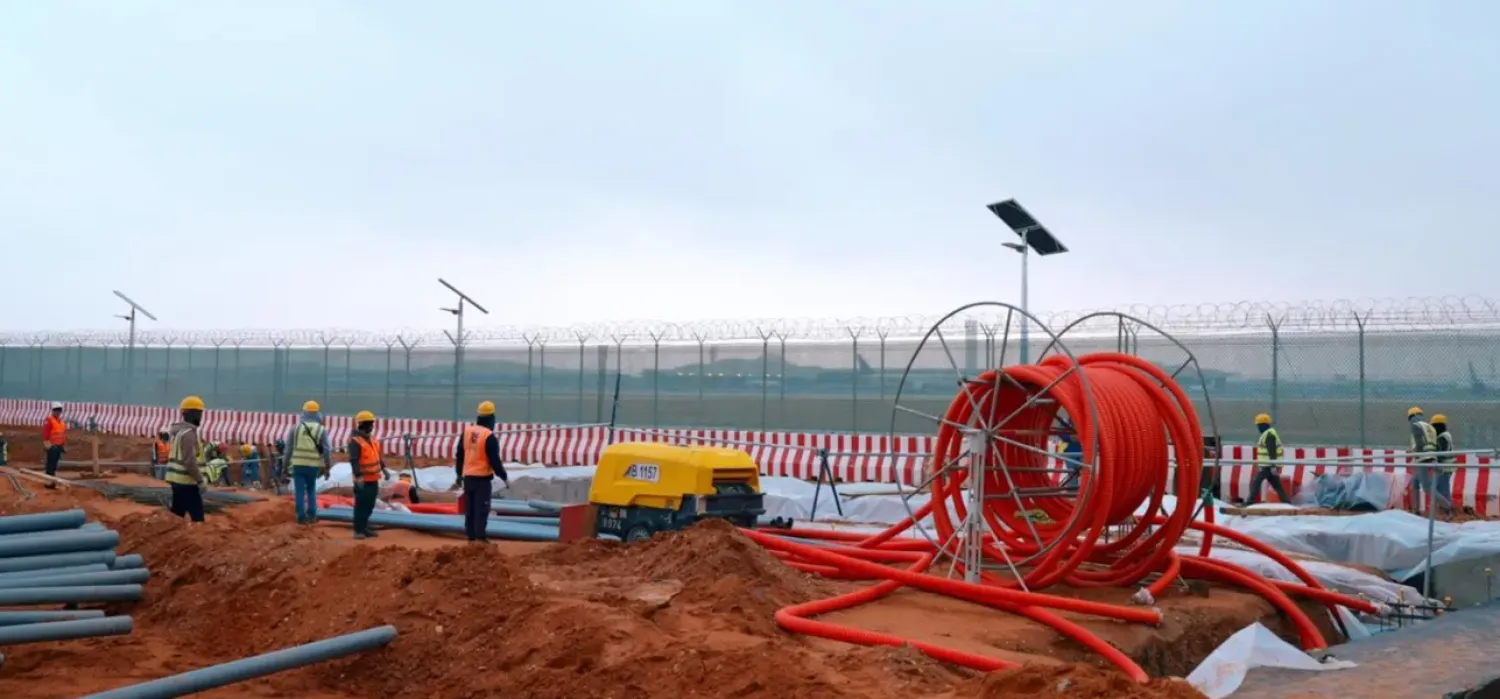Saudi Arabia has signed agreements and MoUs of more than 10 billion Saudi riyals ($2.66 billion) to set up four investment funds to develop commercial, tourism and residential projects.
A part of the investments will also be made in the field of real estate development and construction techniques.
Moreover, Saudi Arabia’s Ministry of Tourism signed investment agreements worth SAR50 billion with the private sector over the past three years to build hotels until 2026, Tourism Minister Ahmed Al Khateeb revealed.
The minister also announced that the Kingdom wants to build 700,000 hotel units by 2030.
The agreements and announcements were signed and made at the Real Estate Future Forum held in Riyadh, in the presence of Minister of Municipal and Rural Affairs and Housing Majed bin Abdullah Al-Hogail.
Al-Hogail stated that the forum would deal with 10 strategic areas, the most important being the role of regions, governorates, ministries, and secretariats in harmonizing the empowerment in the real estate sector, future of investment, regulations and private sector participation.
During his participation in the Real Estate Future Forum, Al Khateeb pointed out that the contribution of the tourism sector to the GDP increased from 3% in 2019 to 4% by the end of last year, with the aim to reach 10% by 2030 to add $70-$80 billion to the GDP in turn.
For his part, Minister of Industry and Mineral Resources Bandar Alkhorayef revealed that work is underway with the Energy Ministry to develop petrochemical products for alternatives used in building and construction, so that this sector supports the sustainability of demand.
Other officials who participated in the forum mentioned that prominent investment opportunities in the region lie in the Kingdom’s vast lands and rural tourism. They stressed that government sectors are cooperating with all real estate companies.









